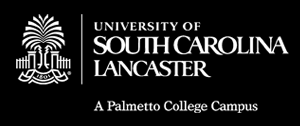Submission Guidelines
Because of the counterpoint nature of the JOI content, authors are expected to represent conventional ideology as reflected in the literature of the field. Authors are asked to note that the JOI solicits essays for consideration from across the spectrum of social science, humanities, and applied professions disciplines, and that readers may be unfamiliar with the conventional theory they are attempting to challenge. Hence, vigorous juried review will focus on clarity and logic of argument, and authors are directed to provide space in each submission to articulate the theory and its adherents that are addressed by the counter theory.
Submissions to the JOI cannot be under consideration for other publication in other outlets, and previously copyrighted materials are not acceptable submissions. The Journal of Ideology editors reserve the right to decline to consider or reject submissions for any reason they determine, including inconsistency with the guidelines, purposes, and/or principles of the editors, the journal board of associate editors, sponsoring institutions, and partners.
Submitted materials must be prepared in a manner allowing for blind review, although authors are encouraged to identify a scholarly discipline so that materials may be reviewed by peers generally familiar with the subject matter. They are also encouraged to self-identify an institutional role such as faculty/student collaboration originating in applied research projects or thought exercises based in theoretical inquiry.
Formatting Requirements
Format for the essay are as follows:
- Papers are limited to 25 pages, double spaced, 12 point font in either Cambria, Calibri, or Times New Roman typeface.
- Citations should be listed according to APA format. References should be listed single spaced. References do not count toward the 25 page limit.
- Authors may include footnotes for explanatory purposes.
- Authors are asked to use major and minor headers.
- Authors are asked to accurately align Abstract content to clearly reflect the purpose and points of the essay.
